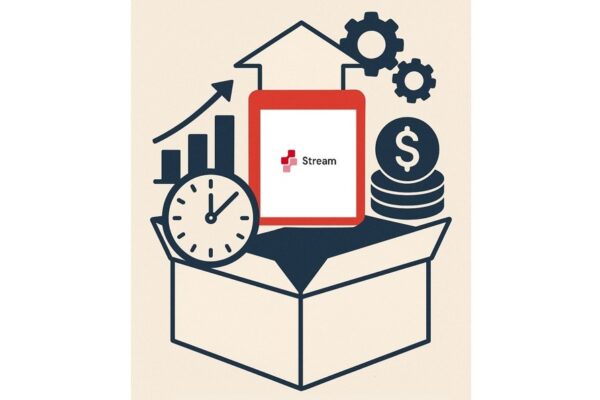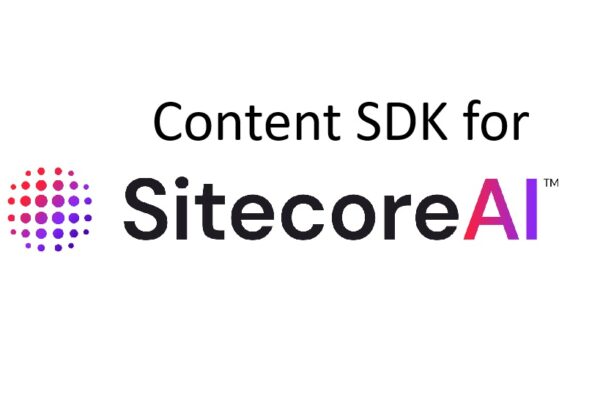Content chaos is costing you more than you think
Every disconnected asset, every redundant workflow, every missed opportunity to reuse content adds up, not just in operational inefficiency, but in lost revenue, slower time-to-market, and diminished brand consistency. For many organizations, the content supply chain is broken, and the cracks show up everywhere: marketing campaigns delayed, creative teams overwhelmed, and customers receiving fragmented experiences.
Sitecore Content Hub can help solve this, but here’s the truth: technology alone won’t solve the problem. Success requires a strategic approach that aligns people, processes, and platforms. Over the years, I’ve seen one principle hold true: when you break the process into digestible steps, clarity emerges. Here’s the five-step framework I recommend for leaders who want to turn Content Hub into a competitive advantage. It’s what I wish I had before my first implementation. While Content Hub is extremely powerful for a Digital Asset Management (DAM) platform, and there could be entire books written on each configuration point, my hope in this post is to give someone new to the platform a mindset to have before beginning an implementation.
Step 1: Discover and Decode
Transformation starts with visibility. Before you configure anything, take a hard look at your current state. What assets do you have? How do they move through your organization, from creation to approval to archival? Who touches them, and where do bottlenecks occur?
This isn’t just an audit; it’s an opportunity to uncover inefficiencies and align stakeholders. Ask questions like:
- Are we duplicating content because teams don’t know what already exists?
- Where are the delays that slow down time-to-market?
- Which assets drive value and which are digital clutter?
Document these insights in a way that tells a story. When leadership sees the cost of inefficiency and the opportunity for improvement, alignment becomes easier. This step sets the foundation for governance, taxonomy, and integration decisions later. Skip it, and everything else wobbles.
Step 2: Design the Blueprint
Once you know where you are, define where you’re going. This is your architectural phase and the moment to design a system that scales.
Start with taxonomy. A well-structured taxonomy makes assets easy to find and reuse, while a poor one creates friction and frustration. Establish naming conventions and metadata standards that support searchability and personalization. Then, build a governance model that enforces consistency without stifling creativity.
Finally, map the flow of content across systems. Where is content coming from? Where does it need to go? These answers determine integration points and connectors. If you skip this step, you risk building silos inside your new system, which is a mistake that undermines the entire investment.
Step 3: Deploy the (Content) Hub
See what we did there?! With the blueprint in hand, it’s time to implement. Configure the environment, validate user roles, and migrate assets with care.
Deployment is more than a technical exercise. It’s a change management moment. How you roll out the platform will influence adoption. Consider a phased approach: start with a pilot group, gather feedback, and refine before scaling.
Testing is critical. Validate search functionality, user permissions, and workflows before you go live. A smooth deployment isn’t just about avoiding errors. It’s about building confidence across the organization.
Step 4: Drive Intelligent Delivery
Content Hub isn’t just a repository; it’s a strategic engine. This is where you unlock its full potential. Enable AI features to automate tagging and improve personalization. Create renditions and transformations that make omnichannel delivery seamless.
Think beyond efficiency. Intelligent delivery is about elevating the customer experience. When your content is enriched with metadata and optimized for every channel, you’re not just saving time. You’re driving engagement and revenue.
Governance plays a starring role here. Standards aren’t just rules. They’re the guardrails that keep your ecosystem healthy and scalable. Without them, even the smartest technology can devolve into chaos.
Step 5: Differentiate
This is where leaders separate themselves from the pack. Implementation is not the finish line—it’s the starting point for continuous improvement.
Differentiation begins with measurement. Build dashboards that show how content performs across channels and campaigns. Which assets drive conversions? Which formats resonate with your audience? These insights allow you to double down on what works and retire what doesn’t.
But don’t stop at performance metrics. Use audits to identify gaps in your content strategy. Are you missing assets for emerging channels? Are you over-investing in content that doesn’t move the needle? This level of visibility turns your content operation into a strategic lever for growth.
Finally, think about innovation. How can you use Content Hub to enable personalization at scale? How can AI-driven insights inform creative decisions? Leaders who embrace this mindset turn Content Hub from a tool into a competitive advantage.
Final Thoughts
Your current state may feel daunting, but clarity is within reach. By breaking the process into these five steps, you can transform chaos into a content strategy that drives real business outcomes. Sitecore Content Hub is powerful—but only if you implement it with intention.
Ready to start your journey? Begin with discovery. The rest will follow. If Perficient can help, reach out!



